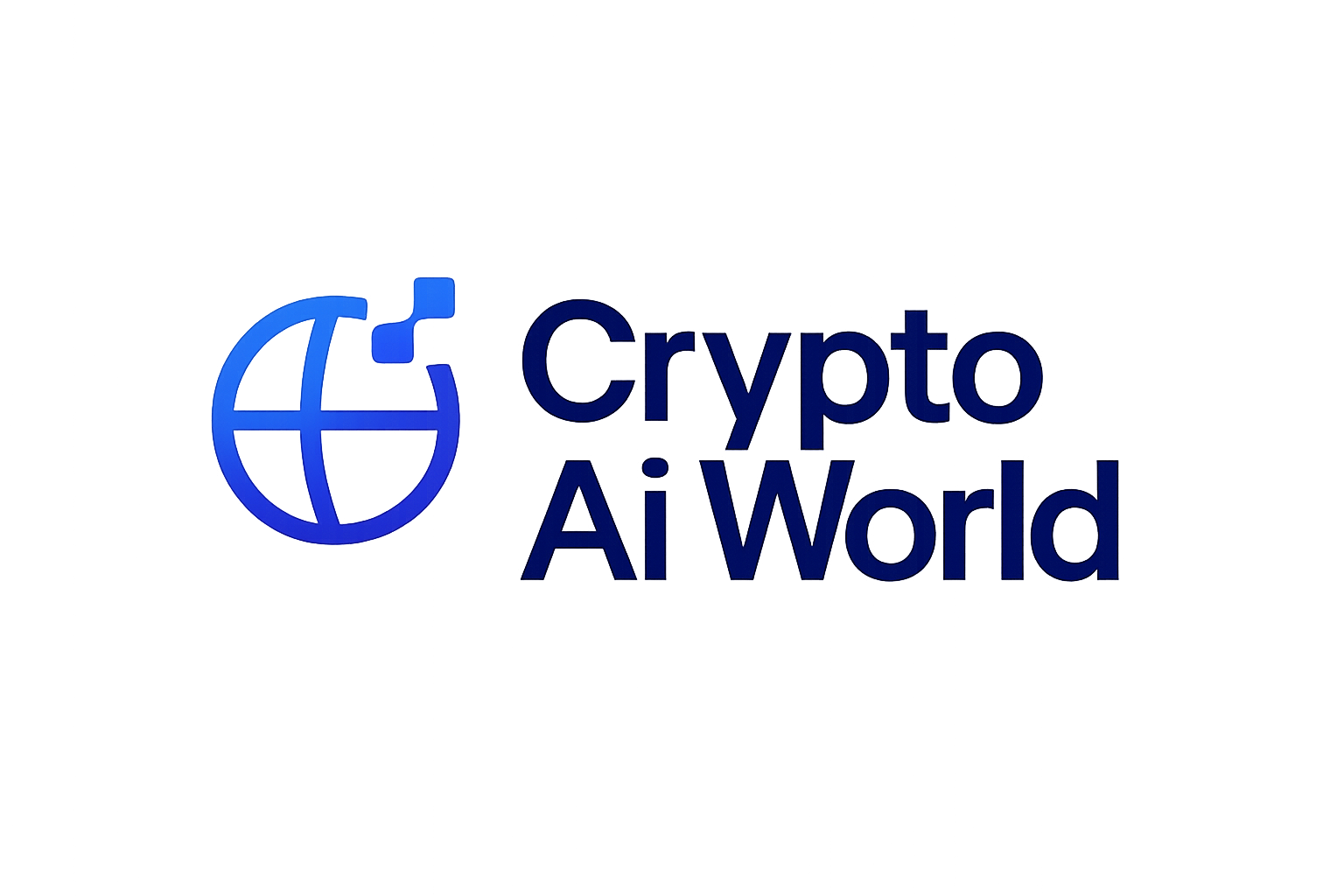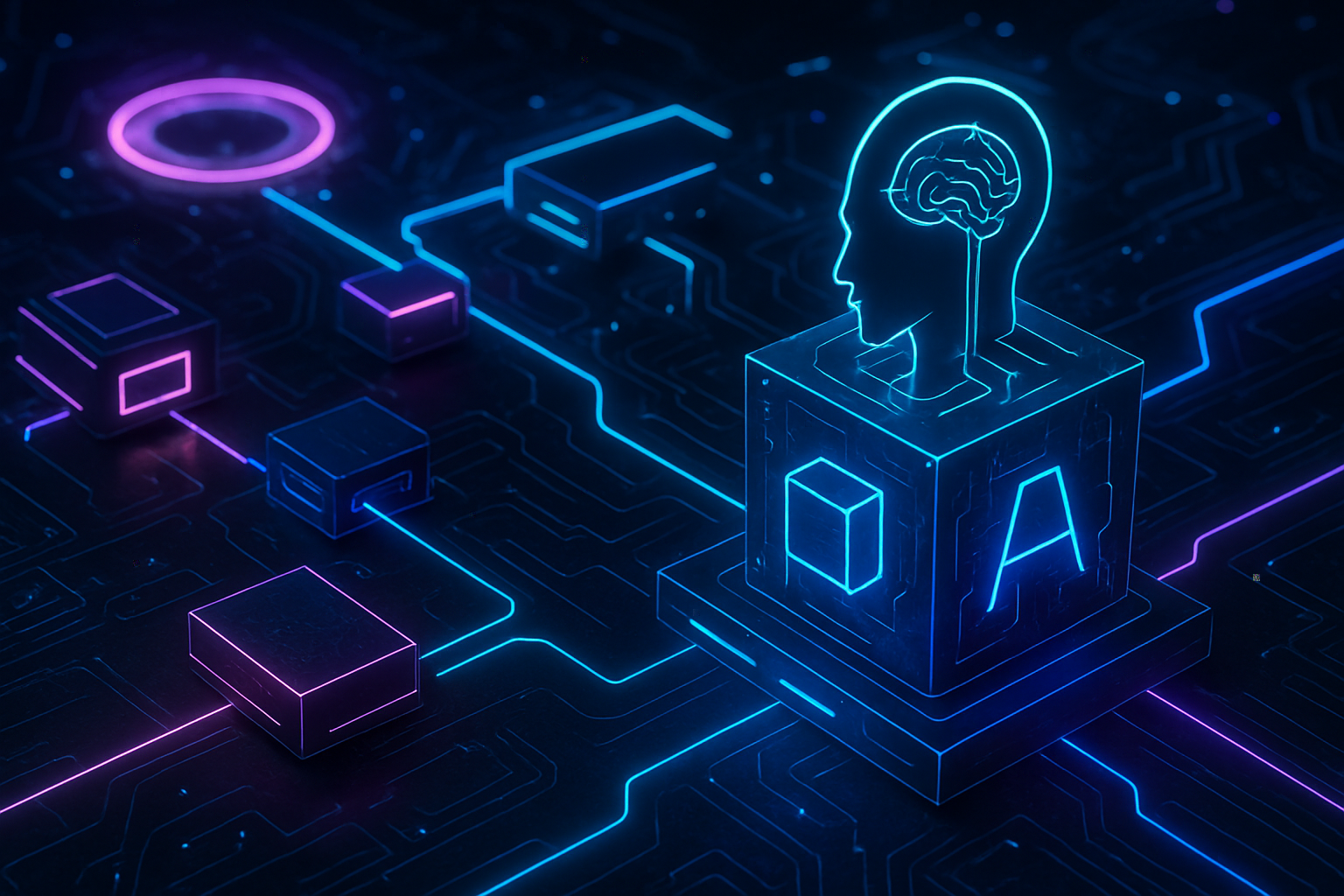
Imagine a world where every AI-native blockchain, DePIN protocol, and decentralized app-chain can instantly tap into shared GPU infrastructure with a single click. No more siloed compute, no more costly cloud dependencies, just seamless access to global AI resources. Welcome to the Planck₀ era: the first Layer 0 protocol purpose-built for modular AI chains and DePIN networks.

Why Layer 0 Matters for Modular AI Chains
The crypto industry’s pivot toward modularity is reshaping how we think about blockchain architecture. Instead of monolithic chains that do everything in-house, we’re seeing a Cambrian explosion of specialized layers, each optimized for execution, data availability, or consensus. But there’s been a missing piece: a foundational layer designed specifically for AI-native services and decentralized physical infrastructure networks (DePINs). That’s where Planck₀ comes in.
Planck₀ isn’t just another interoperability play. It’s a compute-aware coordination layer that lets developers:
- Deploy sovereign Layer-1 chains, each with full control over governance, tokens, and performance.
- Access enterprise-grade GPU resources natively, without relying on centralized cloud providers.
- Move compute tasks across different chains and agents, enabling true cross-chain AI workflows.
- Tie into a shared validator infrastructure, boosting security and interoperability from day one.
This is not theoretical, Planck₀ is live, with DevNet available and mainnet on the horizon (resources.plancknetwork.com). The implications are massive: imagine launching an L1 for computer vision on Monday and spinning up an agent-specific DePIN chain by Friday, all within the same secure, GPU-rich ecosystem.
The Planck₀ Stack: Modular Power Meets Shared Compute Economy
Diving deeper into the Planck₀ stack, you’ll find a toolkit purpose-built for next-gen AI workloads:
Top 5 Unique Features of Planck₀ Layer 0 Protocol
-
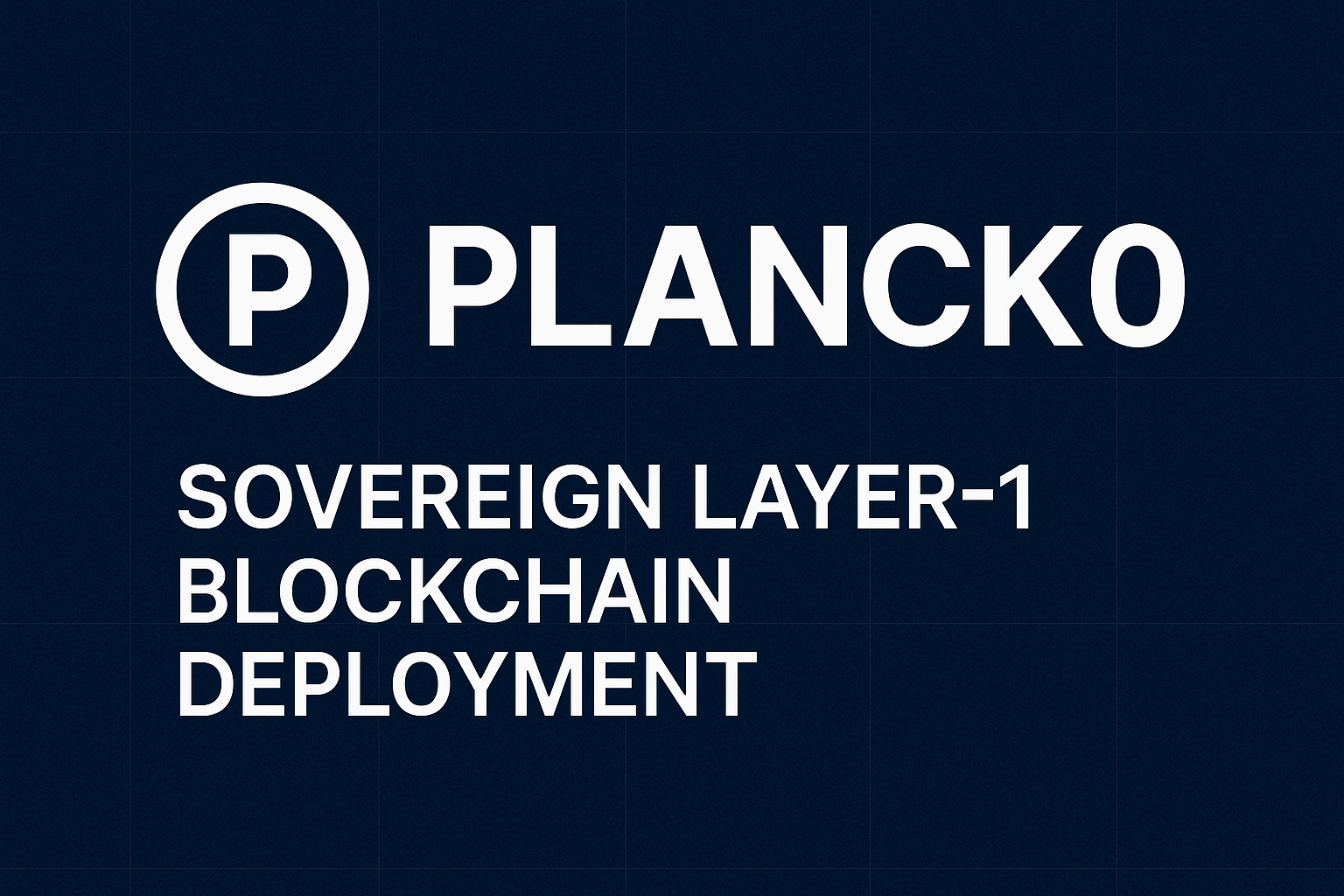
Sovereign Layer-1 Deployment: Planck₀ empowers developers to launch fully customizable Layer-1 blockchains, giving them complete control over governance, tokens, and performance. This flexibility is rare among Layer 0 protocols.
-
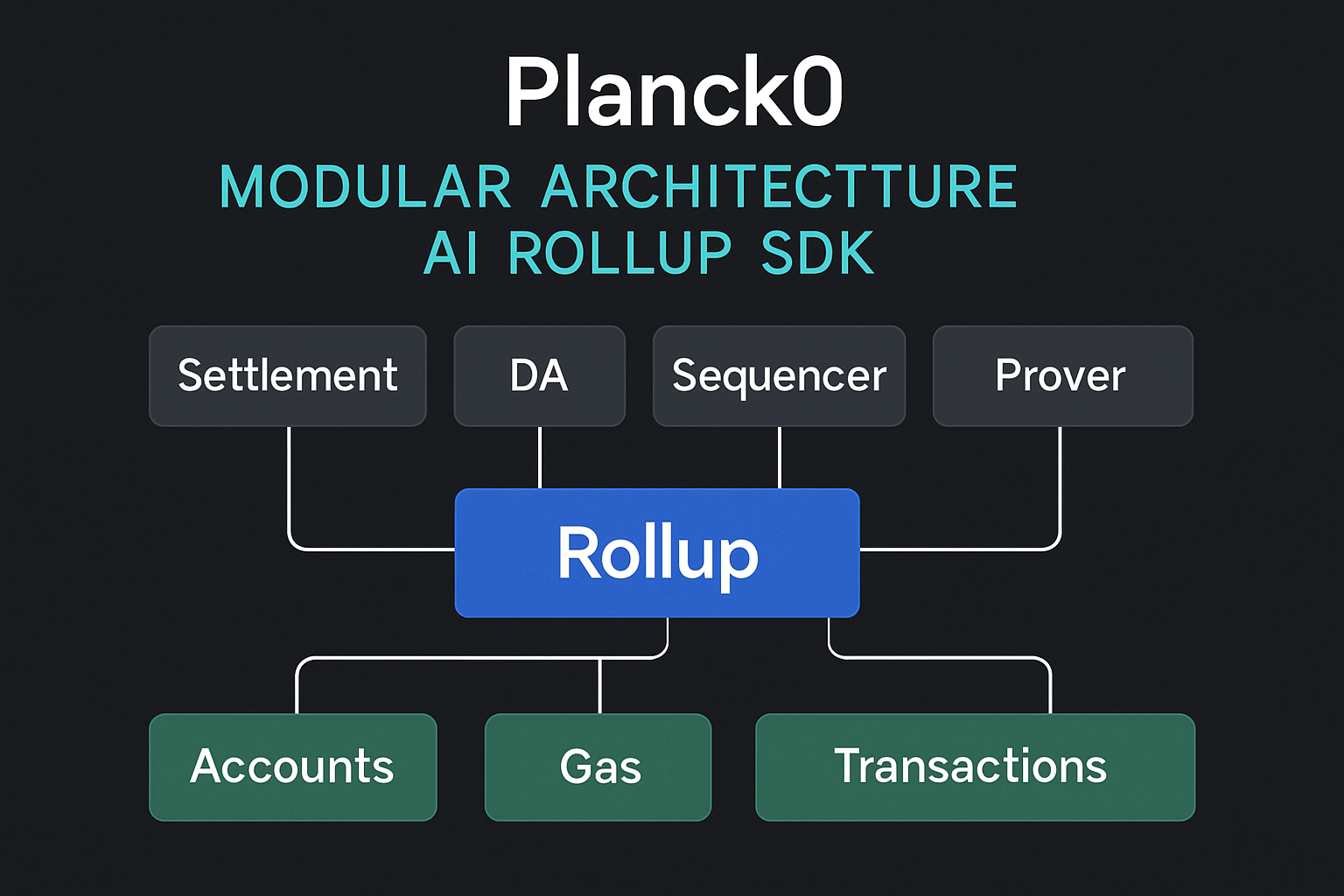
Modular Architecture with AI Optimization: Planck₀ offers a modular, rollup-friendly architecture and SDKs tailored for AI and data-intensive workloads—making it easy to build and scale AI-native applications.
-
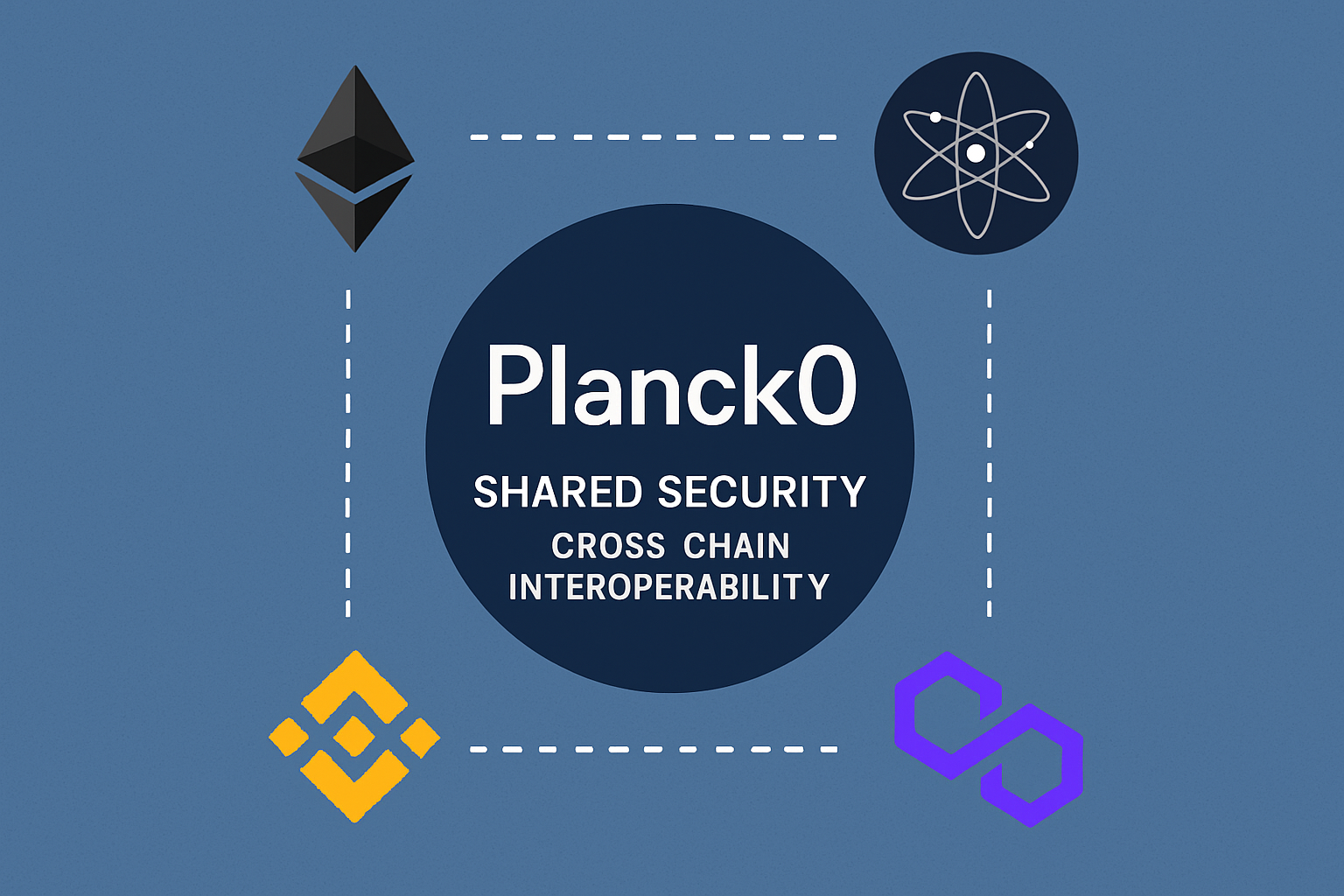
Shared Security & Seamless Interoperability: Through its shared validator infrastructure and Planck Tunnel cross-chain messaging, Planck₀ enables secure, effortless interoperability between multiple sovereign chains, AI agents, and DePIN networks.
-
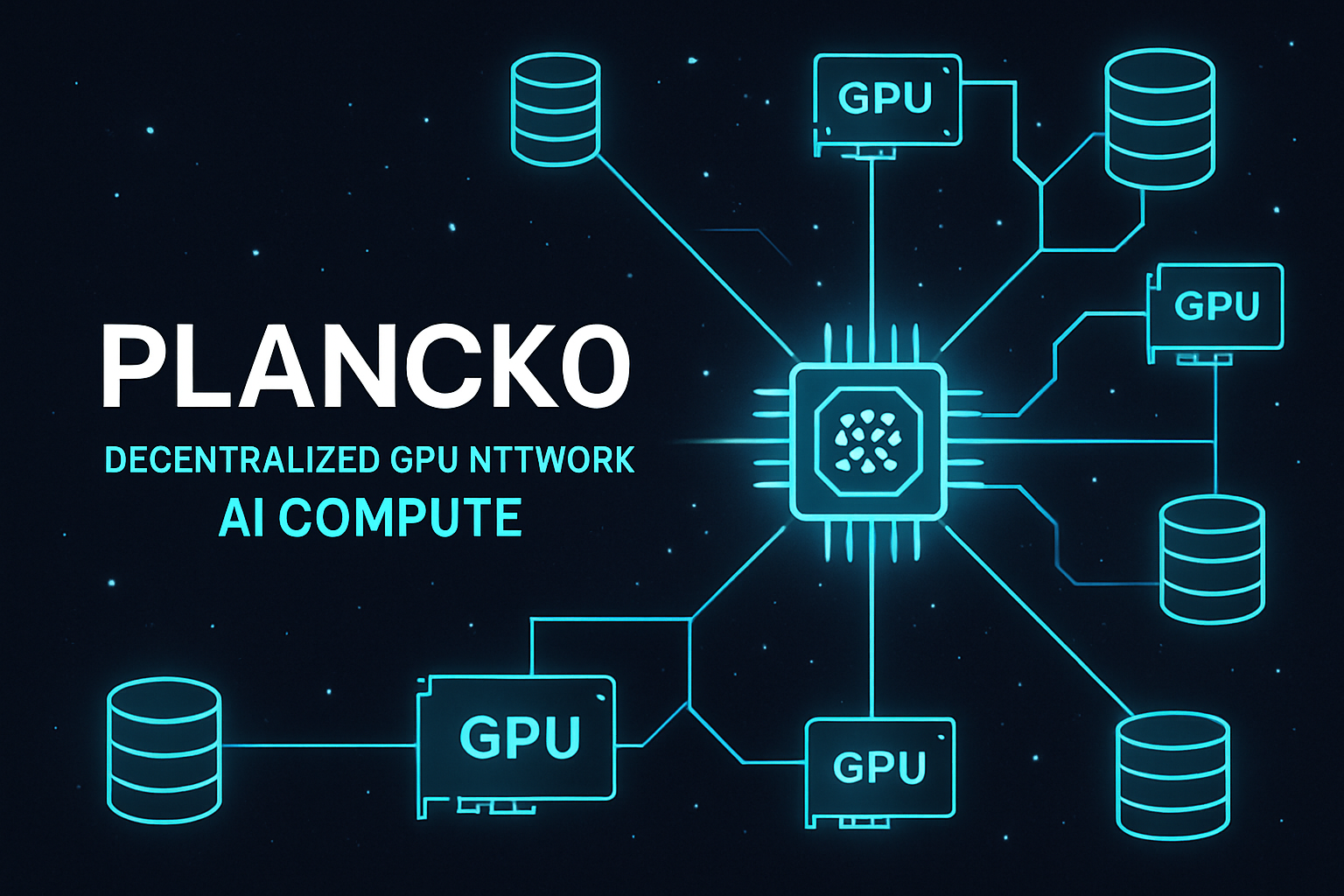
Integrated Global GPU Network: Planck₀ uniquely provides native access to decentralized, enterprise-grade GPU infrastructure—allowing chains to instantly borrow or lend GPU compute for AI model training and inference at lower costs than traditional cloud services.
-
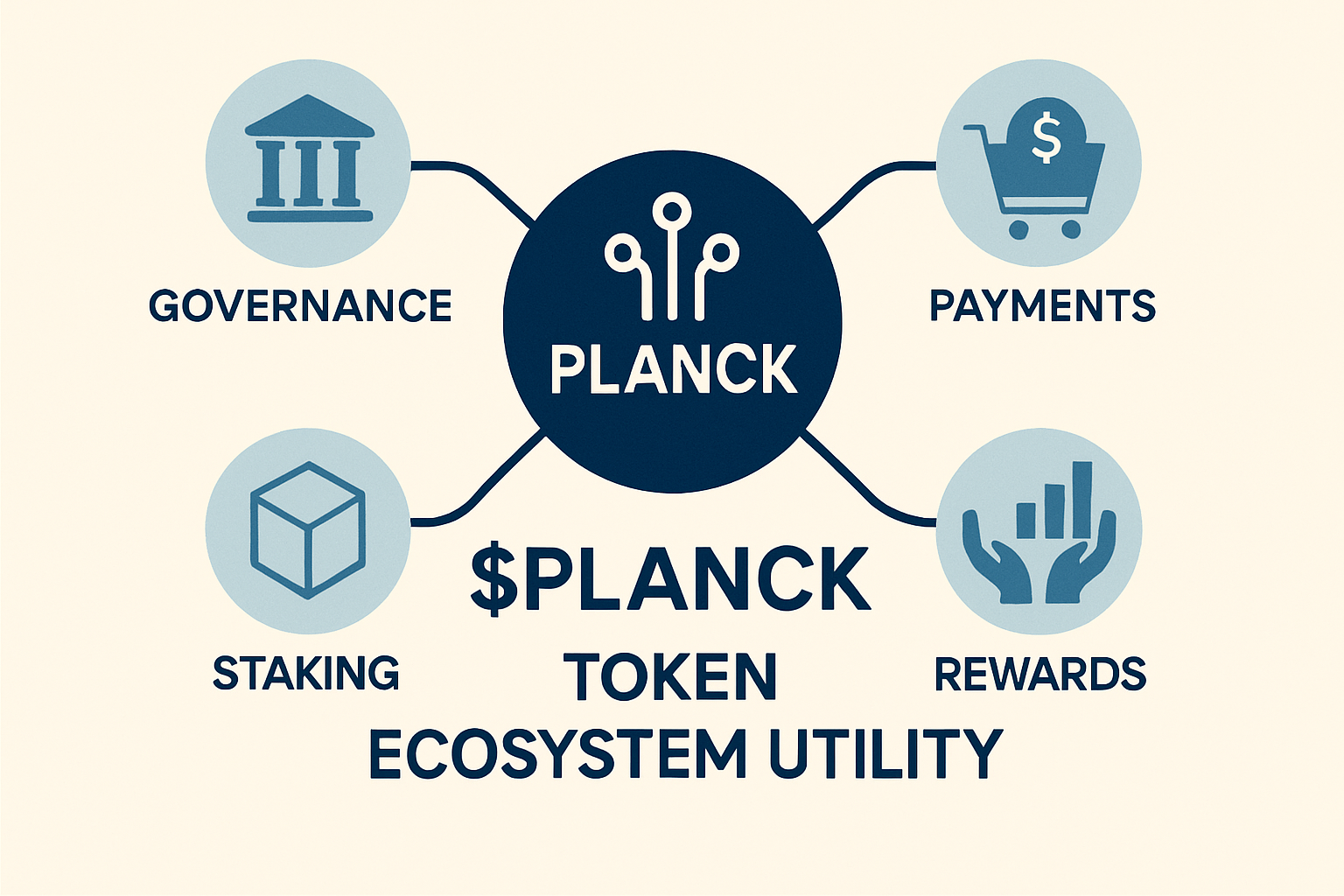
Comprehensive Ecosystem & Token Utility: The $PLANCK token is central to the network, supporting staking, governance, compute payments, and incentives for GPU node operators. This robust tokenomics model underpins a thriving, utility-driven ecosystem.
Sovereign Layer-1 Deployment: Developers aren’t boxed in by rigid templates, they get full sovereignty over their app-chains. Design your own governance mechanisms, tokenomics, even custom performance optimizations tailored to your vertical (think edge-AI or IoT DePIN).
Modular Architecture: With rollup SDKs and plug-and-play modules optimized for data-heavy AI tasks, Planck₀ makes it trivial to launch new chains or rollups fine-tuned for anything from LLM inference to real-time sensor aggregation.
Shared Security and Interoperability: The Planck Tunnel enables instant cross-chain messaging between sovereign L1s and DePINs. Chains can borrow or lend GPU power as needed, creating an elastic compute economy that flexes with demand.
Natively Integrated GPU Infrastructure: The Game Changer
The real magic happens at the compute layer. Unlike other modular protocols that leave you scrambling for off-chain hardware or expensive cloud credits, Planck₀ integrates global GPU access directly into its core protocol. This means:
- No more vendor lock-in: Tap into decentralized GPUs at will.
- Dramatic cost savings: Leverage underutilized hardware from around the world instead of paying top dollar to hyperscalers.
- Smoother scaling: As your chain’s user base grows or spikes during training runs, you can dynamically rent extra GPUs from other networks on Planck₀.
- Baked-in incentives: Node operators earn $PLANCK tokens not just for validating blocks but also for contributing real-world compute power, aligning economic rewards with actual network utility.
This native integration is what sets Planck₀ apart from generic interoperability layers, and why it’s being hailed as the missing link between Layer 0 AI DePIN, modular app-chains, and shared GPU infrastructure across Web3. Next up: how token mechanics and ecosystem tools like Planck₁ and the AI Studio supercharge this new paradigm… Stay tuned!
Tokenomics and Incentives: $PLANCK at the Heart of Modular AI
At the center of Planck₀’s shared compute economy sits the $PLANCK token. It’s more than just a governance tool, it’s the fuel that powers staking, validator security, compute payments, and cross-chain incentives. Developers launching new app-chains can bond $PLANCK to bootstrap shared security and instantly access GPU infrastructure, while node operators are rewarded for both block validation and real-world compute contributions.
This dual-purpose incentive model aligns network growth with actual demand for AI compute. As more chains spin up, compete for resources, or collaborate on complex AI workflows, $PLANCK becomes the glue holding this modular ecosystem together.
Ecosystem Tools: From Planck₁ to AI Studio
The modular vision extends far beyond Layer 0. Planck₁ acts as a sovereign execution layer optimized for AI workloads, integrating on-chain compute primitives and a decentralized GPU economy. Meanwhile, tools like the GPU Console and AI Studio provide developers with direct access to enterprise-grade hardware and streamlined environments for training, fine-tuning, and deploying models.
Essential Developer Tools in the Planck Network Ecosystem
-
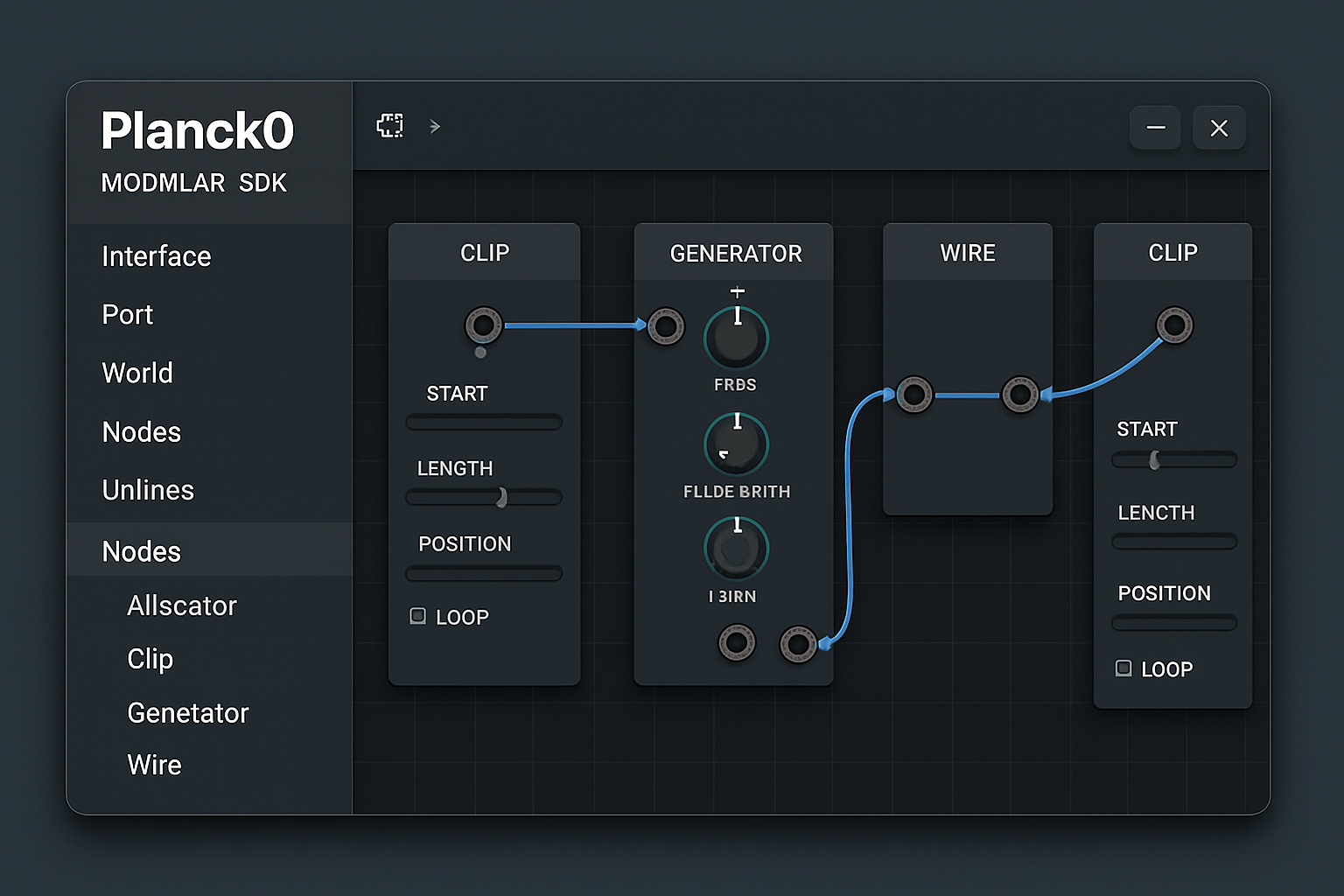
Planck₀ Modular SDK: The go-to toolkit for launching custom AI Layer-1 chains and rollups, offering modular components and templates optimized for AI-native and data-intensive workloads.
-
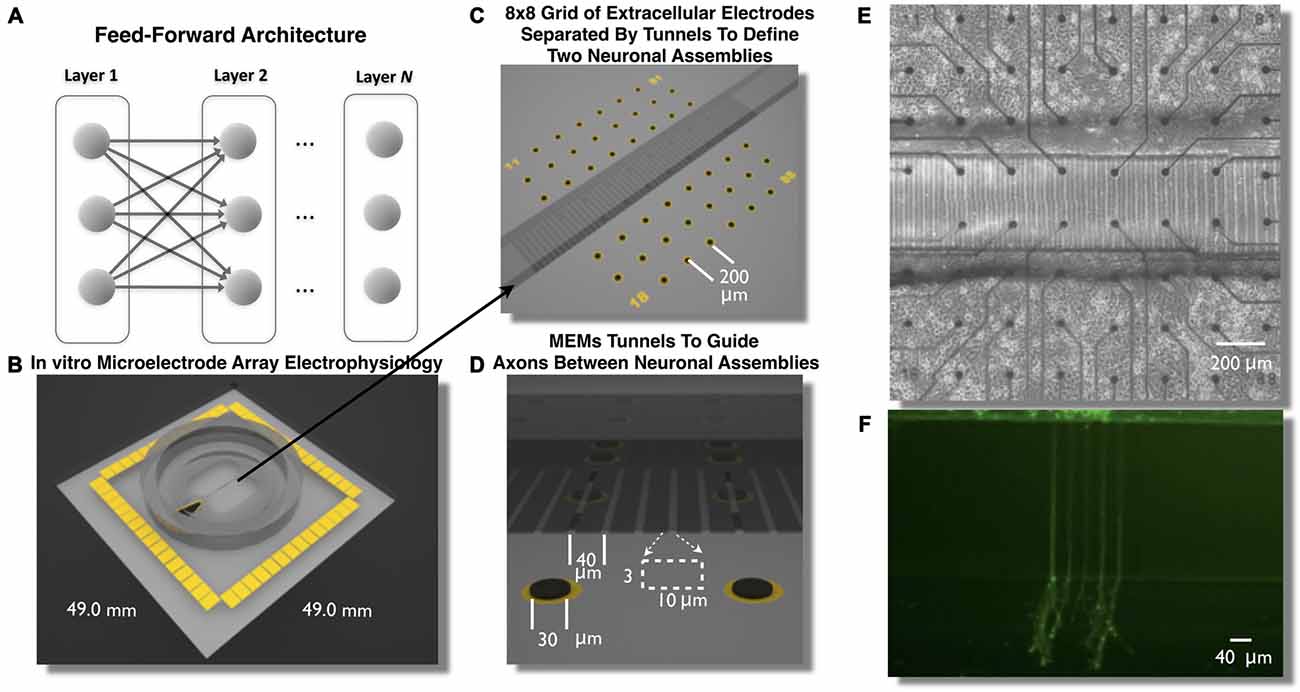
Planck Tunnel: A cross-chain messaging protocol enabling seamless interoperability between sovereign chains, AI agents, and DePIN networks within the Planck ecosystem.
-

GPU Console: A decentralized platform providing direct, on-demand access to enterprise-grade GPU infrastructure for AI model training and inference, all within the Planck network.
-
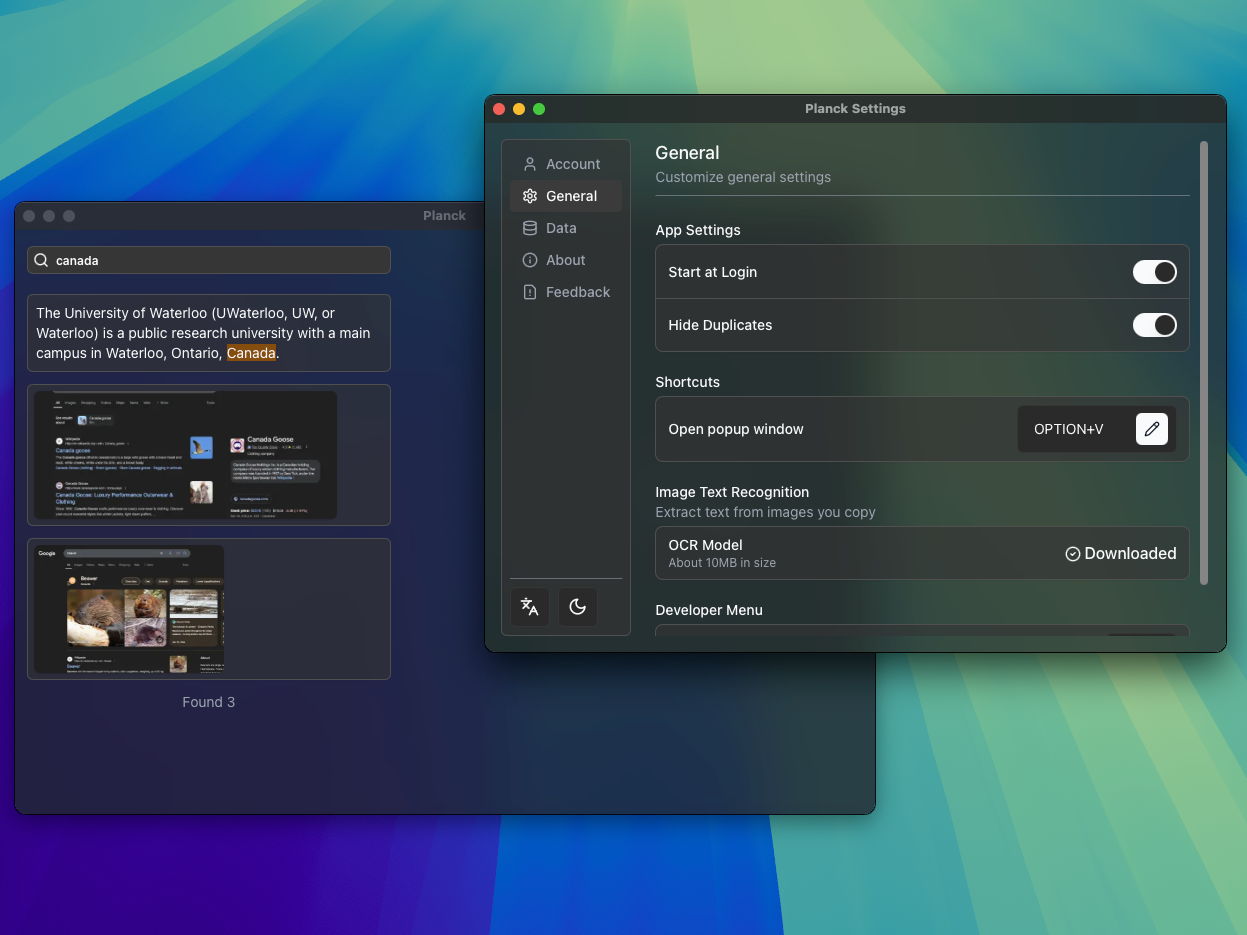
AI Studio: An integrated development environment for training, fine-tuning, and deploying AI models using the Planck network’s decentralized compute resources.
-
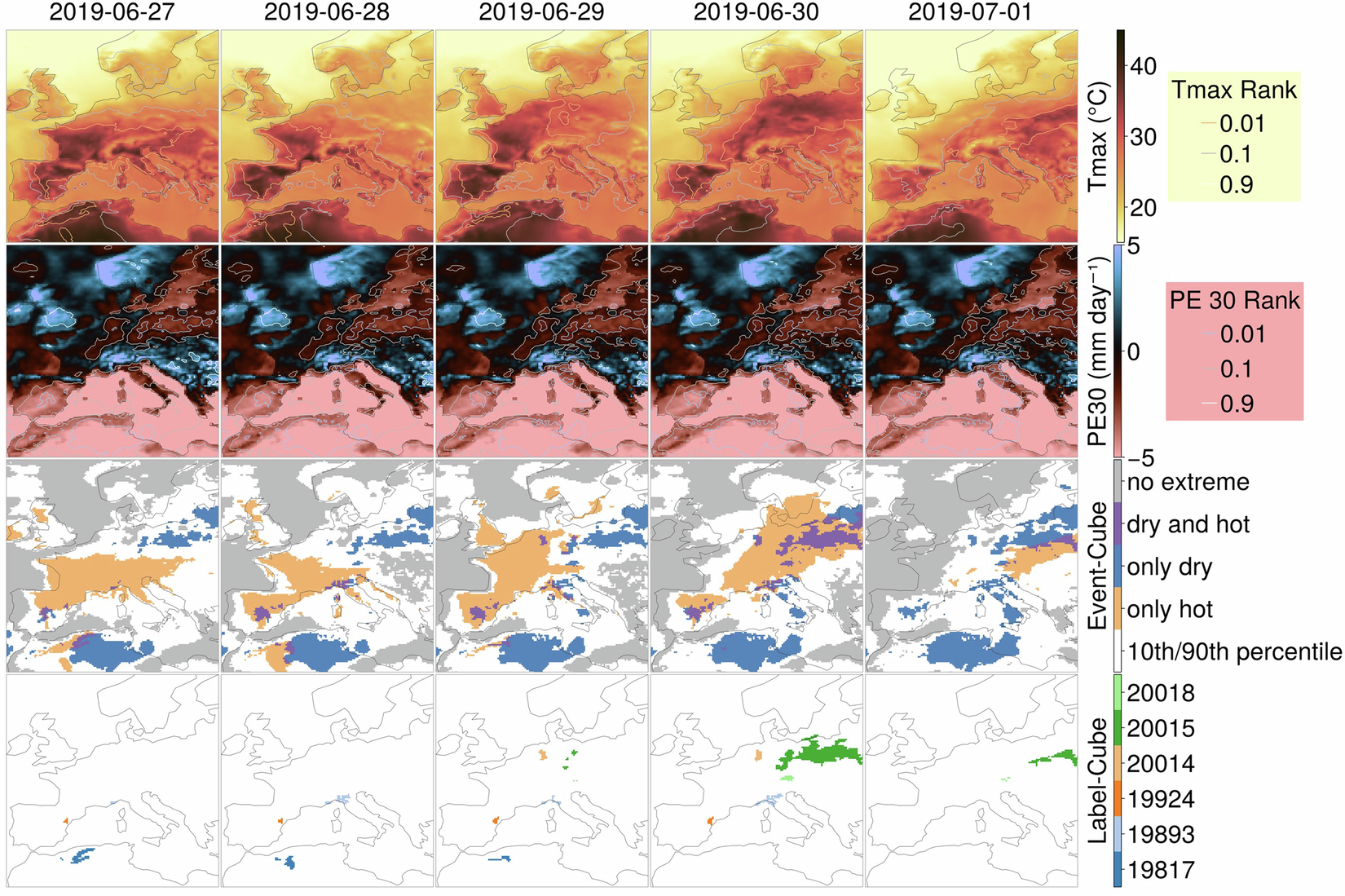
App-Chain Framework: A developer suite for launching sovereign app-chains with built-in compute primitives, shared security, and native access to the Planck GPU economy.
This toolset isn’t just about convenience, it’s about radically lowering barriers to entry. Imagine spinning up a vertical-specific DePIN chain with its own governance, then training a custom LLM using globally distributed GPUs, all without ever leaving the Planck ecosystem.
Interoperability in Action: Real-World Use Cases
What does this look like in practice? Picture an edge-AI DePIN that needs bursts of compute for real-time image recognition at thousands of IoT endpoints. With Planck₀’s cross-chain messaging and elastic GPU marketplace, these workloads can migrate seamlessly across sovereign chains, no centralized bottlenecks or vendor lock-in.
Or consider an on-chain research collective launching a rollup dedicated to federated learning. With native access to global GPUs via Planck Tunnel interoperability, they can coordinate multi-party model training securely and cost-effectively, something that would be nearly impossible on legacy cloud platforms.
The Road Ahead: What’s Next for Layer 0 AI DePIN?
The roadmap is ambitious but grounded in what builders are demanding now. With DevNet live and mainnet set for Q1 2026 (including validator staking and full GPU integrations), we’re entering an era where cross-chain AI compute isn’t just possible, it’s practical.
- Mainnet launch with validator staking and amp; GPU incentives
- App-chain framework and amp; zkRollup integrations
- AI agent SDKs for autonomous decentralized services
- Continued enhancements to developer tooling and amp; GPU onboarding
If you’re building anything at the intersection of Layer 0 AI DePIN, modular blockchains, or decentralized infrastructure, now is the time to explore what Planck₀ unlocks. The future of scalable, permissionless AI isn’t siloed, it’s interconnected by design.
